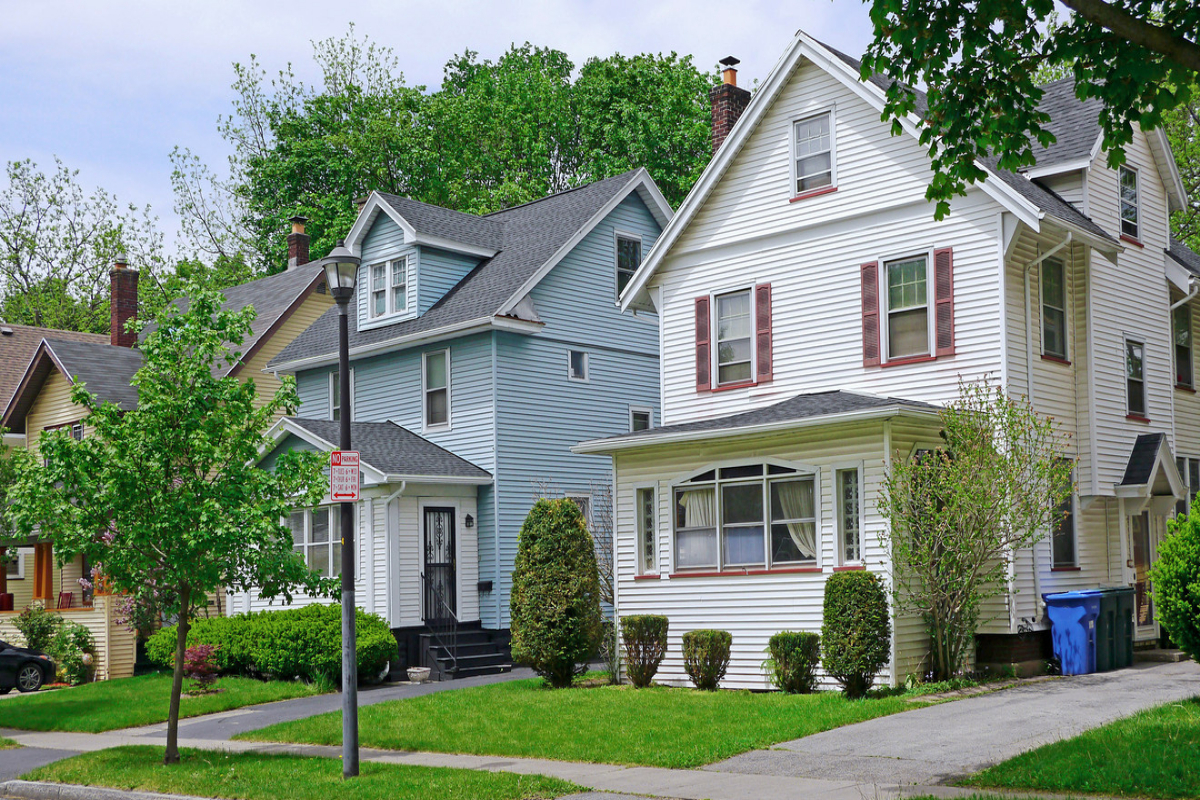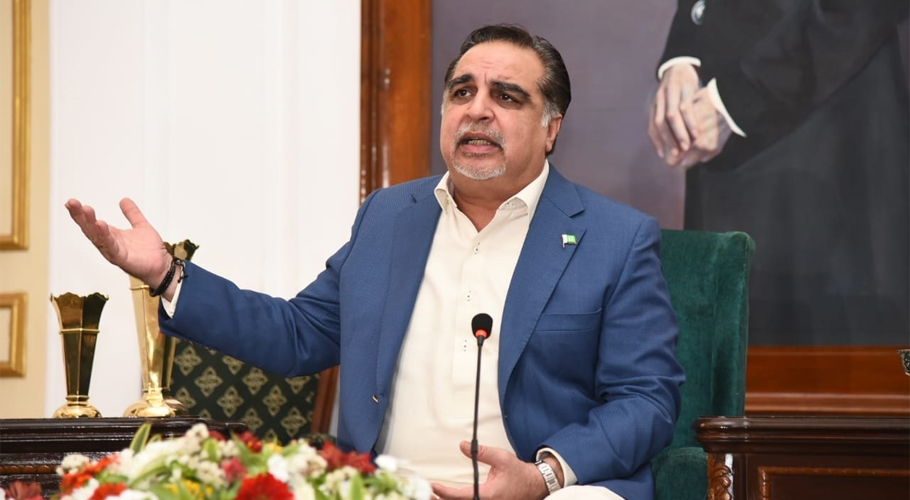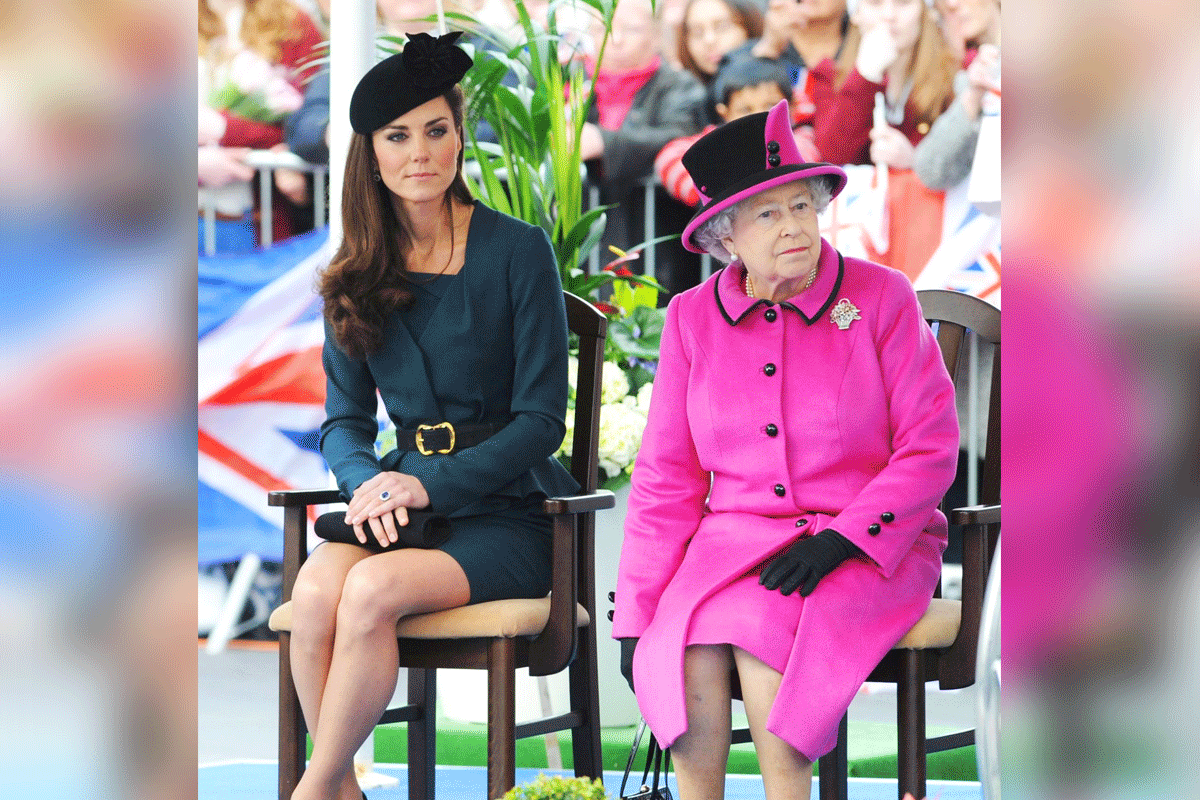- The 30-year fixed-rate mortgage has decreased to an average of 4.99 percent.
- Rates were averaging around 5.30 percent only one week ago.
- Mortgage demand had increased by 1.2 percent as of Wednesday, the first increase since June 24.
Mortgage rates in the United States have continued to decline and have now dropped under 5% for the first time since April.
The 30-year fixed-rate mortgage has decreased to an average of 4.99 percent, according to a recently released poll. Rates were averaging around 5.30 percent only one week ago.
The cost of borrowing money to buy a home has dropped significantly over the past two weeks, marking the biggest decrease since early July.
For more than a year, mortgage rates have generally been rising. 30-year mortgage rates were around 2.77 percent at this time last year. Rates reached their highest point in late June when they averaged 5.81 percent.
The interest rate on a 15-year fixed-rate mortgage has decreased as well, falling from 4.58 percent last week to 4.26 percent. However, these rates are still substantially higher than they were at this time last year when the average rate on a 15-year fixed-rate mortgage was 2.10 percent.
Larger interest rates on mortgages can make it more challenging for people to purchase houses since they result in higher monthly payments, which may drive some purchasers out of the market.
The steep decline in housing demand in June was partly brought on by increased borrowing costs. According to Black Knight, a company that provides mortgage software, data, and analytics, housing prices have been falling as well, albeit they were still higher in June than they had been a year earlier.
In an interview, Joel Kan, assistant vice president of economic and industry forecasting at the Mortgage Bankers Association, said that lower mortgage rates along with indications that more inventory is entering the market could result in a comeback in purchase activity.
Due to the decrease in mortgage rates from the previous week, the number of mortgage applications has already been increasing. Total mortgage demand had increased by 1.2 percent as of Wednesday, the first increase since June 24.
The United States is experiencing a mixed economic climate, and some people worry that a recession may be approaching. The Federal Reserve increased the benchmark interest rate by 0.75 percent last week to fight inflation, the second time in a row that it has done so and the fourth overall since March.
Mortgage rates are not directly under the control of the Federal Reserve, but they often correspond.
Even though rates have recently decreased, the long-term trajectory is yet unknown. According to Sam Khater, chief economist at Freddie Mac, “mortgage rates remained volatile due to the tug-of-war between inflationary pressures and a marked slowdown in economic development.”
Rates will probably stay unpredictable because of the high level of uncertainty surrounding inflation and other issues, particularly as the Federal Reserve tries to navigate the current economic situation.
[embedpost slug=”u-s-businesses-are-beginning-to-show-indications-of-slowing/”]




























